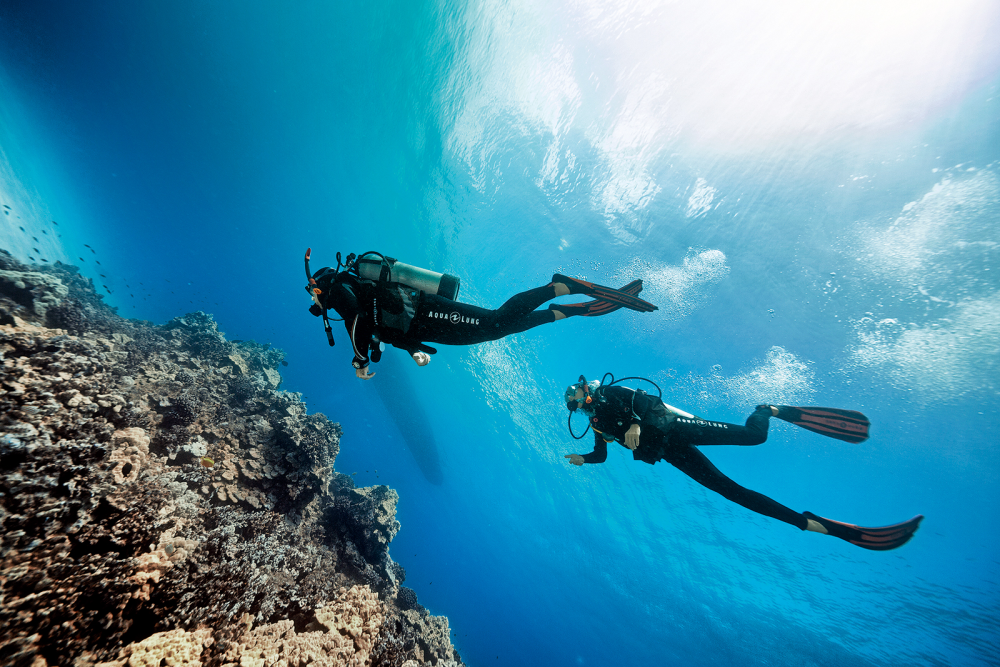
Miho
- 0
Diving at the beach near Miho no Matsubara, which is famous as a tourist attraction. When you dive from the gravel beach, there is a gentle slope to a depth of 5 meters and then a sharp drop to a depth of 18 meters, after which it becomes flat again.
Don’t miss out on the sandy beach. In the sandy area, sea horses, frogfish, and rare goby can be seen in abundance. In winter, you can also watch the spawning behavior of red snapper and rusty goby. In the summer, bluefinches come here for their spawning behavior. A salmon run can be seen in the nearby river.
0m / 0ft
Max. Depth
advanced
Level
Dive sites nearby

Osezaki

Koganezaki

Arari

Tago

Futou

Kumomi

Mera

Motosuko Lake

Atami Wreck

Atami
The dive spots and related content on MyDiveGuide are provided for informational and promotional purposes only. This information, including user-generated content, is not definitive advice or recommendations. Divers are fully responsible for planning their dives, ensuring adequate safety equipment, verifying diving permissions, and complying with local laws and regulations. SSI, MyDiveGuide, and affiliates assume no responsibility or liability for divers' actions, choices, or any incidents. Always dive within your training limits, prioritize safety, and confirm that diving is permitted at your chosen location.